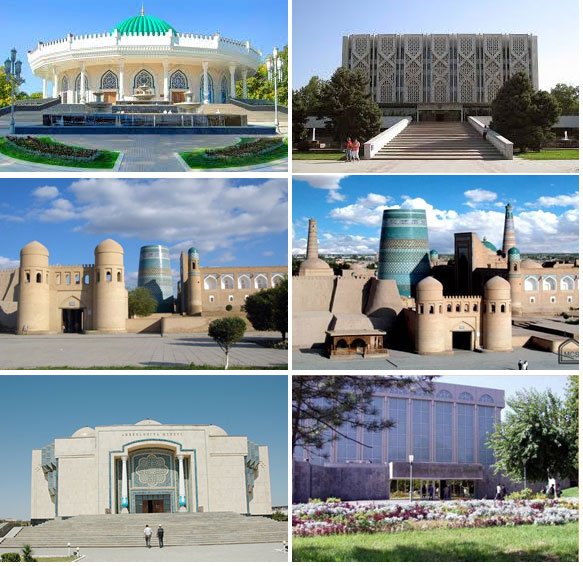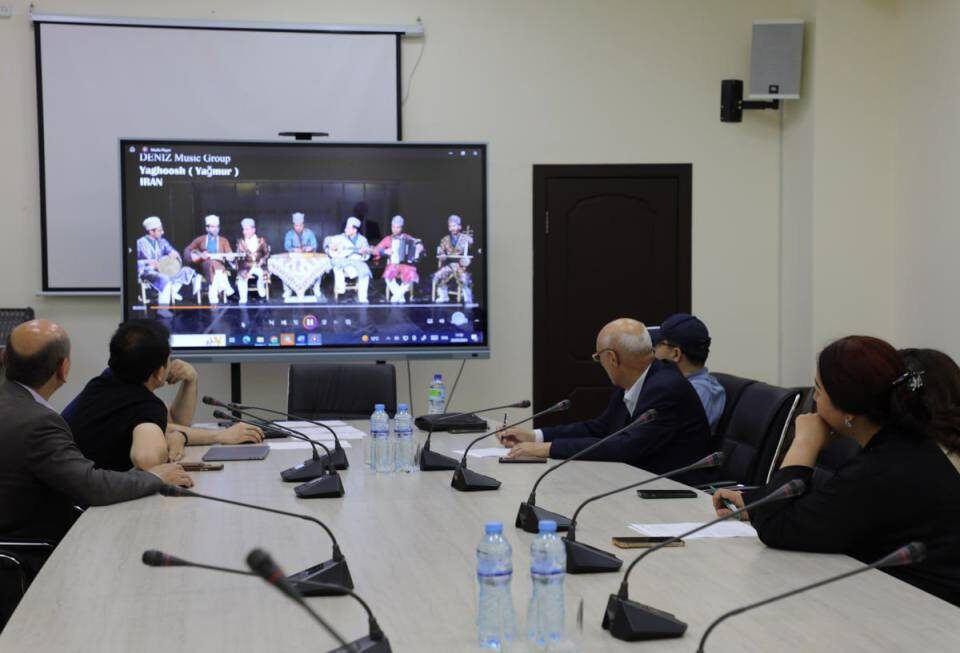Uzbekistan Today in the column ‘Museum Exhibit’ continues to acquaint readers with the history, culture and art of Uzbekistan. Today we present you a lunar rover, the model of which is kept in the Museum of Communication History, which the UT correspondent visited.
Reduced model of the interplanetary starter Luna-24 is located on the second floor of the museum, which contains all the basic communication devices, ranging from transmission of messages by the flame ignition to modern fiber-optic cables.
In the Soviet period, 26 of devices were created within the Moon project. This exhibit, the 24th in a row, successfully landed on the lunar surface. The model is presented in the museum, because an important part of the rover, namely a drag head LB-9 was constructed in the Tashkent Design Bureau of Machinery.
On August 9, 1976, the Baikonur Cosmodrome fired a four-stage carrier rocket Proton-K/D. Being in 115 km from the Moon, the LB-9 drag head automatically undocked from the rocket and by lunar gravity gently landed on its surface. Further, the drag head brought to the position with an inclination of 60 degrees. Every 5-10 minutes, the device of two meters length drilled to a depth of soil, picking it into the container. It is with the help of the drilling device, created by the Tashkent designers, it was managed to collect samples of lunar soil in 1976.
By picking up the right amount of soil the device undocked from the main body and began to move towards the Earth. During entry into the Earth’s atmosphere the device burned out, and the container with lunar soil landed safely in the forest of Surgut, Russia, on August 24, 1976.
The flight program of Luna-24 station was fully implemented. The main result of its flight was the delivery back to the Earth of samples of lunar soil weighing 170 grams. Upon arrival, the soil was handed over for the study to experts of 22 countries. To the results of the analysis it was managed for the first time to obtain convincing evidence of availability of water on the moon.
It is very pleasant that our compatriots turned a part of such an important and meaningful mission, which we can rightly be proud of.
It is possible to make a great excursion in the Museum of Communication History exploring the history of development of communications. It is notable that many of the exhibits are operable even now. Here one can listen to Michael Jackson’s hits on gramophone, or local radio on radio-gramophone, check how the hand-held camcorder works, impressed by a huge araba cart displayed on a real size, which in ancient times was used for mail transportation, learn many interesting facts about the postmen, and much more.


























